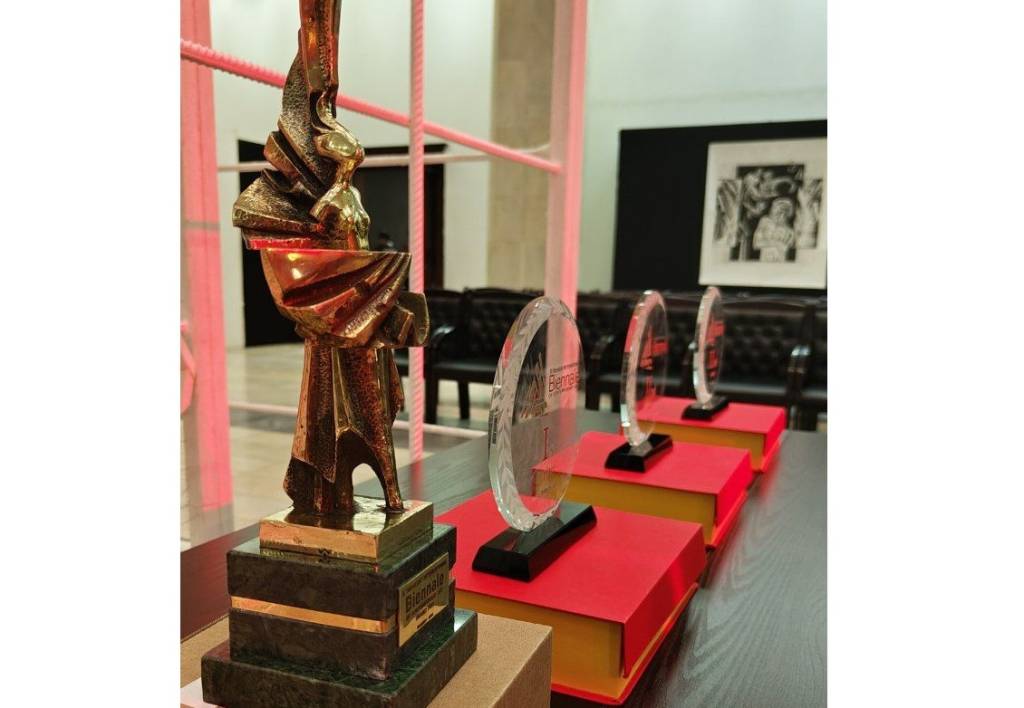
The Tenth Tashkent International Biennale of Contemporary Art, dedicated to the Year of Support for Youth and Business, was held in the Academy of Arts of Uzbekistan exhibition halls.
Five foreign participants were invited to the jury. Over 50 Uzbekistan artists, 30 foreign participants offline, and 28 online took part in this creative project.
Over 350 applications were sent to participate in the Tenth Tashkent International Biennale of Contemporary Art, including 251 from abroad.
4 curatorial projects, 15 installations, 11 video art works, 2 performances, 28 photos, 7 graphic works, 5 sculptures, over 50 paintings were selected. Also, within the framework of the biennale, lectures, and masterclasses from foreign artists and curators were held.
The theme of the Tenth Tashkent International Biennale of Contemporary Art this year is “Art and World”.
Conceptually, it was interesting to trace the relationship between art and modern reality in the works of artists from different countries. This theme makes us think about what the contemporary world is. Does its integrity exist? Today, it is represented by polar positions, clashes, and various problems related to its preservation, ecology, morality, culture, and identity in different formats, from personal to state.
The biennale concept was dedicated to presenting a multicultural lifestyle through the prism of contemporary art. Creative works reflected various artistic solutions that support humanistic values. The biennale theme provided an opportunity to reflect on concepts such as ecology, culture, tolerance, modern orientalism, identity, artificial intelligence, technogenic civilization, and man’s inner world.
Following the Tenth Tashkent International Biennale results, Vladimir Goncharenko (Uzbekistan) was awarded the Grand Prix. First place was awarded to Mirsaid Mirvakhidov and Rushana Olimova (Uzbekistan). Second place was taken by Mehbara Abbasova (curator), Nargiz Askerova, Emin Maters, and Shalala Shalamzade (Azerbaijan). Third place was awarded to Catherine Sarah Young (Australia). A group of artists was also awarded incentive prizes.
Nazokat Usmanova, UzA








